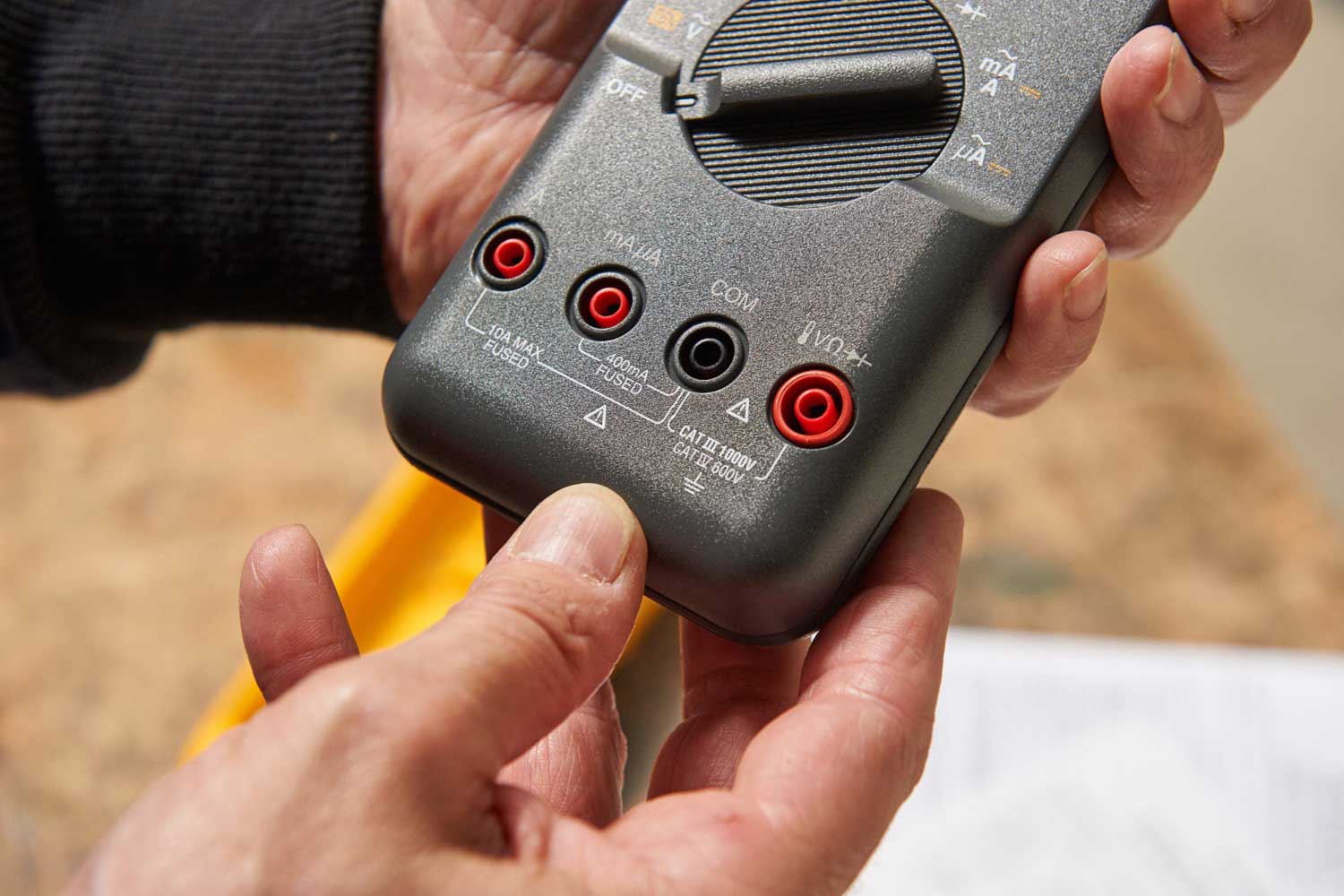scottwnuwer
Member
- Location
- Port Charlotte, FL
- Occupation
- Electrician
I am struggling to find a solution for my dilemma, and feel as though it's a common occurrence. My situation involves residential electrical service for single phase 120/240v. I have been in the field of electrical for over 15 years, and I am now an electrical contractor (5 years running). I am more or less the only employee of my company, but I would like to hire employees and have a safety protocol in place before I even consider hiring.
My concern is the practical nature of my career and the regulations which have recently been made known to me through sifting this forum and two others regarding "de-energized parts" for 29 CFR 1910.333.
From my understanding, there is no possible scenario or exception for me or other employees to work near energized parts. Since most of the residential main breaker panels/load centers around my area (Southwest Florida) include all the branch circuit breakers, there would be no way for me to de-energize the electrical panel/load center apart from the local utilities. I also believe that I cannot use the table method or even perform an incident energy exposure calculation, risk hazard assessment, shock hazard assessment, fill out an energized electrical work permit, etc... That is only for times when it is "impracticable" (impossible) to de-energize.
Is this to say that for every installation requiring me to remove the electrical panel cover/dead front requires a disconnect/reconnect from the local utilities?
Examples might be:
Replacing a bad circuit breaker
Fixing a double tap circuit breaker
Installing a new circuit
Thanks.
~ Scott
My concern is the practical nature of my career and the regulations which have recently been made known to me through sifting this forum and two others regarding "de-energized parts" for 29 CFR 1910.333.
From my understanding, there is no possible scenario or exception for me or other employees to work near energized parts. Since most of the residential main breaker panels/load centers around my area (Southwest Florida) include all the branch circuit breakers, there would be no way for me to de-energize the electrical panel/load center apart from the local utilities. I also believe that I cannot use the table method or even perform an incident energy exposure calculation, risk hazard assessment, shock hazard assessment, fill out an energized electrical work permit, etc... That is only for times when it is "impracticable" (impossible) to de-energize.
Is this to say that for every installation requiring me to remove the electrical panel cover/dead front requires a disconnect/reconnect from the local utilities?
Examples might be:
Replacing a bad circuit breaker
Fixing a double tap circuit breaker
Installing a new circuit
Thanks.
~ Scott

